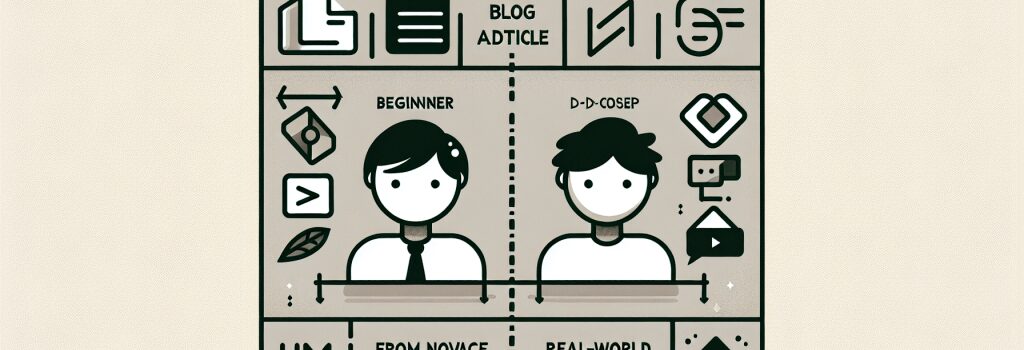From Novice to Developer: Real-World HTML and CSS Projects

Embarking on the journey to become a proficient web developer requires dedication, a passion for coding, and a hands-on approach to building projects. HTML and CSS serve as the foundation upon which the vast world of web development is built. For aspiring developers, it is critical to move beyond theory and dive into creating real-world projects to enhance your skills, boost your portfolio, and pave your way towards a successful career in web development. In this guide, we will explore several HTML and CSS project ideas that range from beginners to intermediate levels, designed to challenge you and grow your expertise in practical, impactful ways.
Understanding the Essentials of HTML and CSS
Before we delve into the projects, let’s reiterate the importance of having a solid understanding of HTML (HyperText Markup Language) and CSS (Cascading Style Sheets). HTML forms the backbone of any website, allowing developers to structure web content, while CSS is used to control the layout and appearance of the web elements. Mastery of these languages is crucial for creating appealing and responsive websites.
Beginner Projects to Kickstart Your Journey
Building a Personal Portfolio Website
– Objective: Craft a personal portfolio website to showcase your projects, resume, and contact information.
– Skills Covered: Basic HTML tags, embedding images and videos, CSS styling for layouts and colors.
Creating a Blog Template
– Objective: Design a simple, responsive blog template that can be used to publish articles or personal diaries.
– Skills Covered: CSS Flexbox or Grid for layout management, media queries for responsiveness.
Intermediate Projects to Challenge Yourself
Developing a Responsive Landing Page
– Objective: Create a modern, visually appealing landing page for a fictional product or service.
– Skills Mastered: Advanced CSS techniques including animations, hover effects, and seamless responsiveness across devices.
Building an Interactive Image Gallery
– Objective: Construct an image gallery with features like modal pop-ups for viewing images and responsive design.
– Skills Mastered: JavaScript integration with HTML and CSS for interactivity, CSS transitions for smooth effects.
Best Practices for HTML and CSS Projects
– Code Readability: Always write clean, well-commented code. This not only helps others understand your code but also aids in maintaining and updating the codebase.
– Responsive Design: Ensure your projects look great on devices of all sizes. Employ a mobile-first approach and test your designs on various screen resolutions.
– Browser Compatibility: Test your projects on different browsers to ensure consistent behavior and appearance.
Conclusion
Transitioning from a novice to a proficient web developer is a gratifying journey filled with learning and creativity. By undertaking these HTML and CSS projects, you not only solidify your understanding of web development fundamentals but also gain valuable experience that sets you apart in the job market. Remember, the key to success in web development lies in consistent practice, staying updated with the latest industry trends, and continually challenging yourself with new projects. Embrace the journey ahead, and happy coding!
Additional Resources
To further enhance your learning experience, consider exploring coding challenges and practice websites that offer a plethora of exercises tailored to HTML and CSS. These platforms provide an excellent opportunity to apply your knowledge, tackle real-world scenarios, and significantly improve your coding proficiency.


